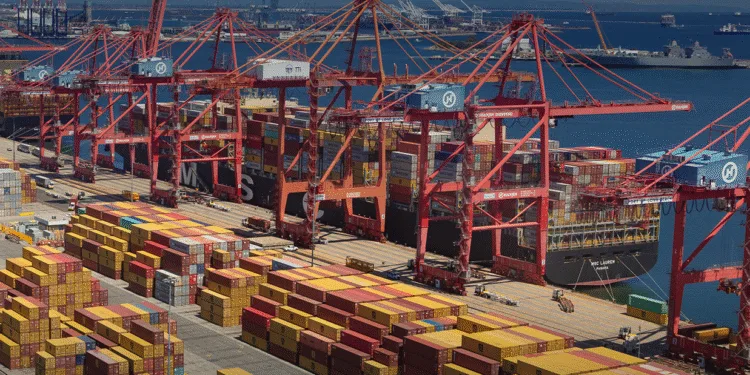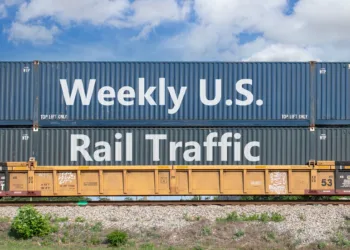As September unfolds, ocean container rate storylines are diverging on the benchmark trans-Pacific trade, particularly to the United States.
Smaller shippers are paying more on the spot market, said consultant Xeneta, as bigger importers press carriers for lower prices.
The market average spot rate as of Sept. 4 from the Far East to the U.S. West Coast was $2,010 per forty foot equivalent unit, and $2,976 to the U.S. East Coast.
After consistently falling since June, the average spot rates for containers moving from the Far East to the U.S. West Coast and U.S. East Coast reversed that trend in September.
A deeper dive revealed that market mid-high – Xeneta’s category for spot rates paid by shippers in the 75th percentile of the market – for Far East to U.S. West Coast was $2,414 per FEU, up 29.2% from the previous week. Far East to U.S. East Coast was $3,398 per FEU, an increase of 15.2%.
Market mid-low spot rates for shippers in the 25th percentile on Far East to U.S. West Coast was $1,650 per FEU, up 2.2%; for Far East to U.S. East Coast the rate was $2,564 per FEU, an increase of just 0.5%.
Shippers, for a number of reasons, usually pay higher spot rates in order to get goods moving.
“The drama is in the higher end of the market on the fronthaul trades from the Far East to the U.S.,” said Xeneta Chief Analyst Peter Sand, in a note to clients. “The market average spot rate into the U.S. West Coast has increased 9.4% from a week ago, but there are a range of sub-plots happening within that average rate. The drama is found in the market mid-high which has increased 29.2% from a week ago.
“Meanwhile the market mid-low has only increased 2.2%. This shows how different shippers are impacted in very different ways. Larger volume shippers who tend to occupy the market mid-low are still shipping goods at almost the same rate as a week ago.
“It is a different story for the smaller shippers who may not have the same negotiating power or market insight to push back against increasing rates. These smaller shippers face a different reality, and their nervousness is seeing them pay the higher rate.”
Elsewhere, average spot rates from the Far East into North Europe declined by 8.5% from a week ago, having fallen faster than the 4.2% decline from the Far East into the Mediterranean. Average spot rates into the Mediterranean have fallen 11.3%, compared with North Europe which is down 25.7%.
Xeneta termed the Med “a very dynamic market,” and noted that the rate there dropped 17% in July, while North Europe was broadly unchanged. Spot market rates into the Mediterranean and North Europe have now been consistently falling since mid-June and early July, respectively.
Find more articles by Stuart Chirls here.
Related coverage:
Trump nominates pair for Federal Maritime Commission
Ocean rates unchanged even as freight volumes decline
Private investor, South Korean conglomerate partner on U.S. maritime initiative
Tariffs pointing to historic import gap for U.S. container ports: Analyst
The post Big fish getting better bite at trans-Pacific container spot rates appeared first on FreightWaves.




















